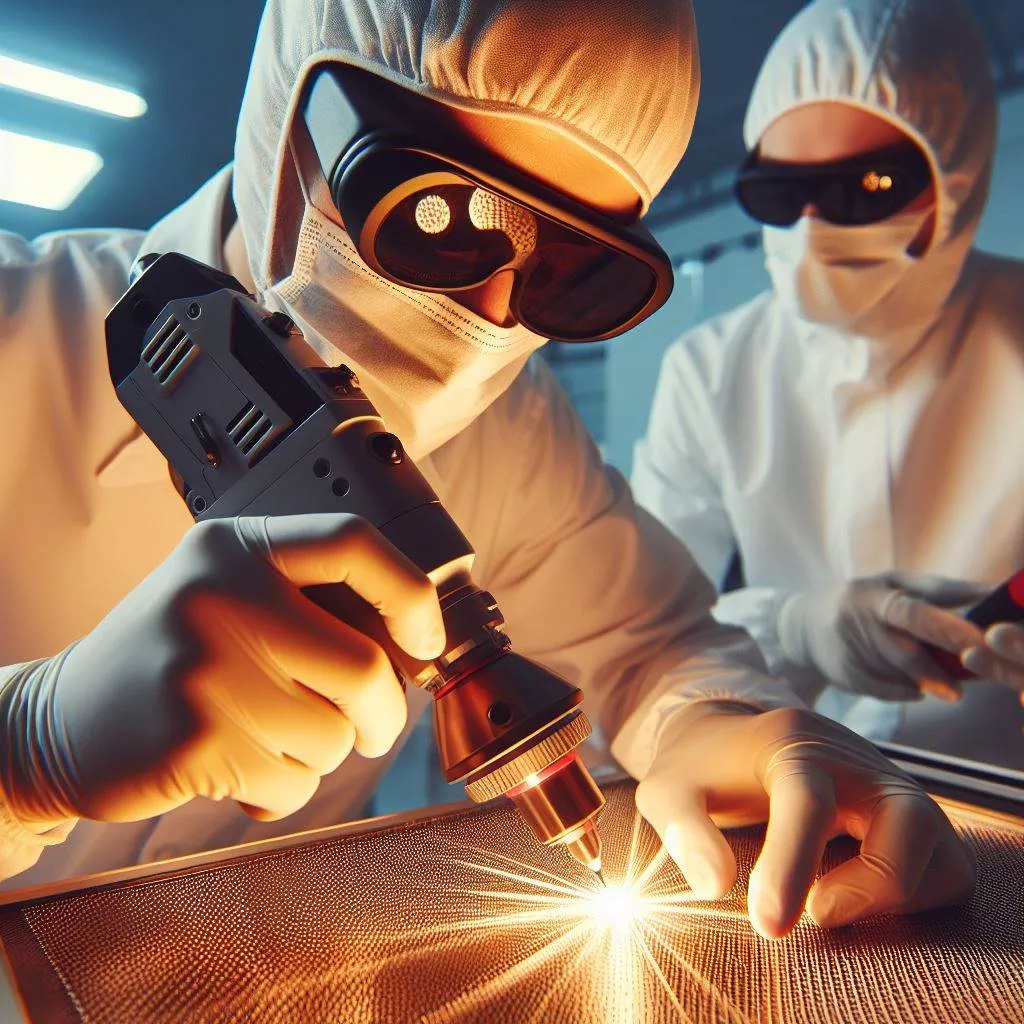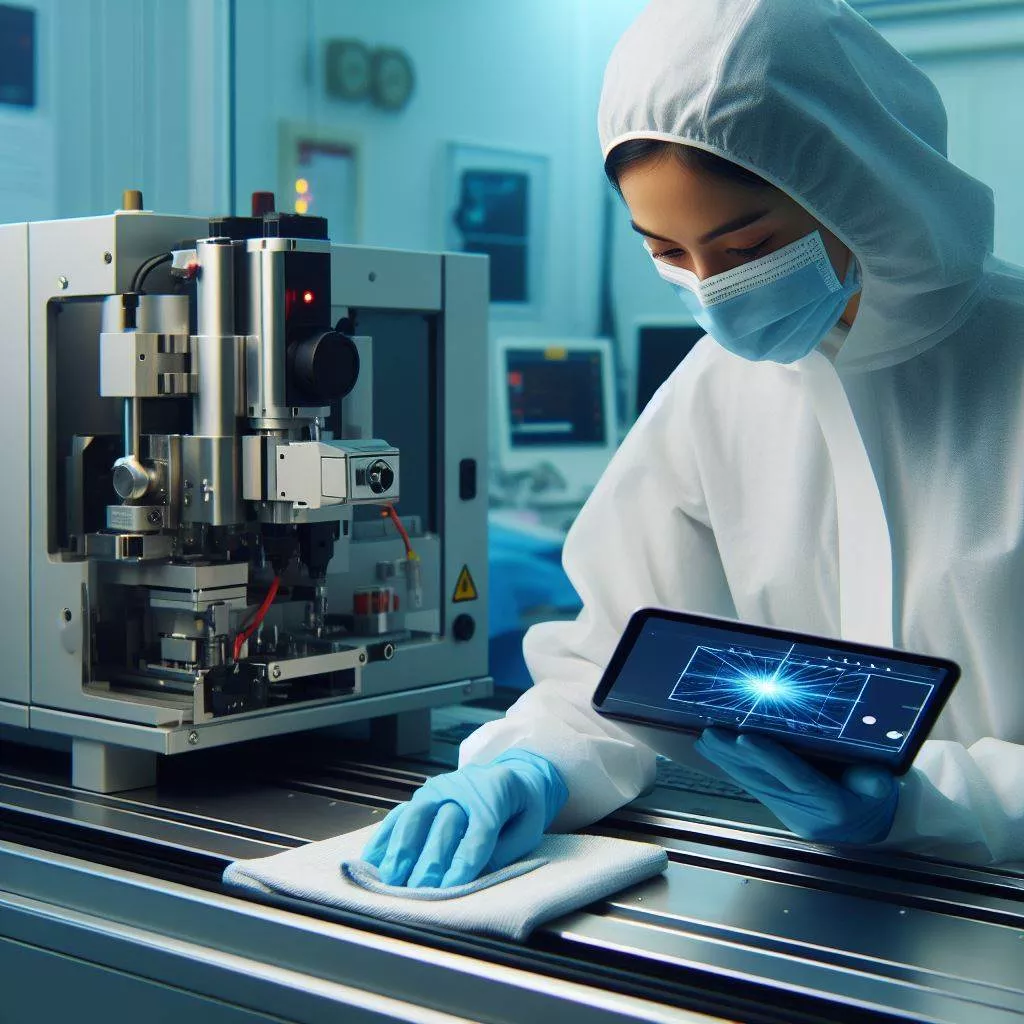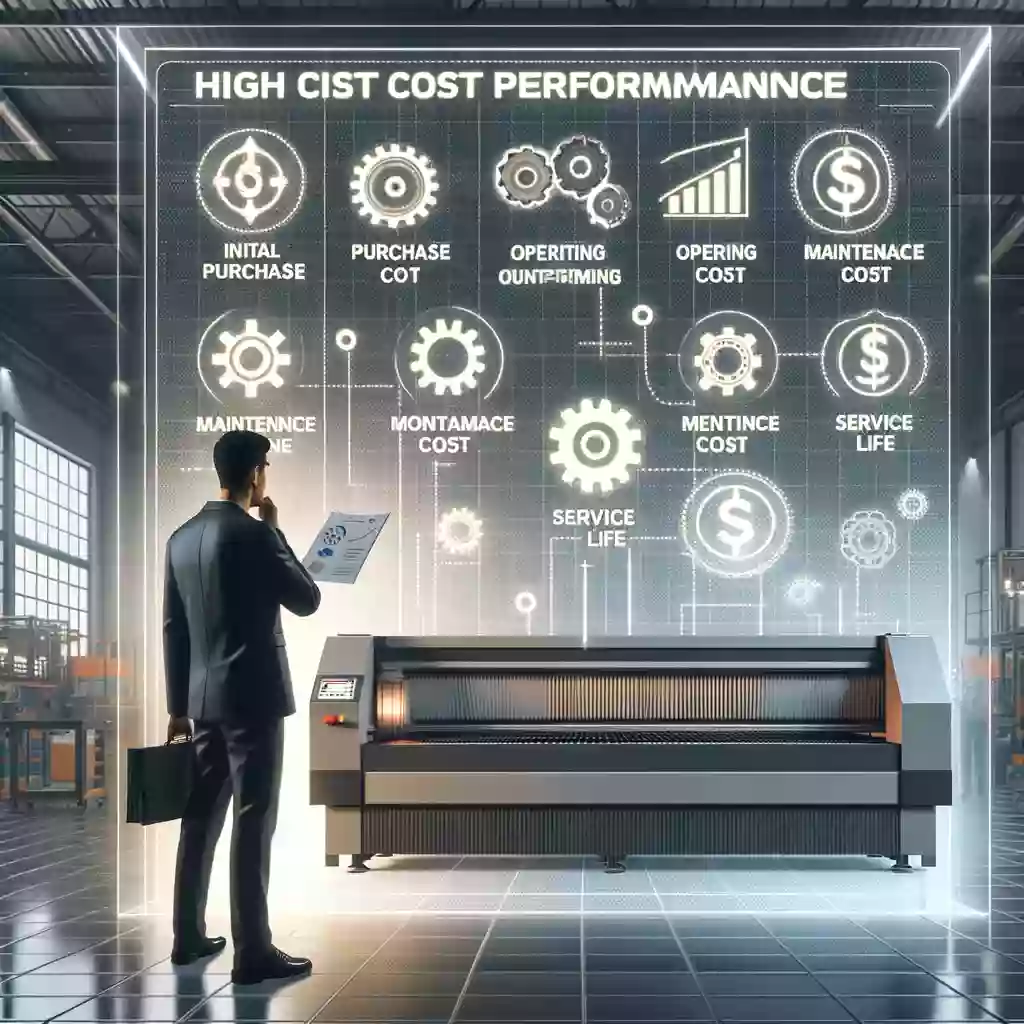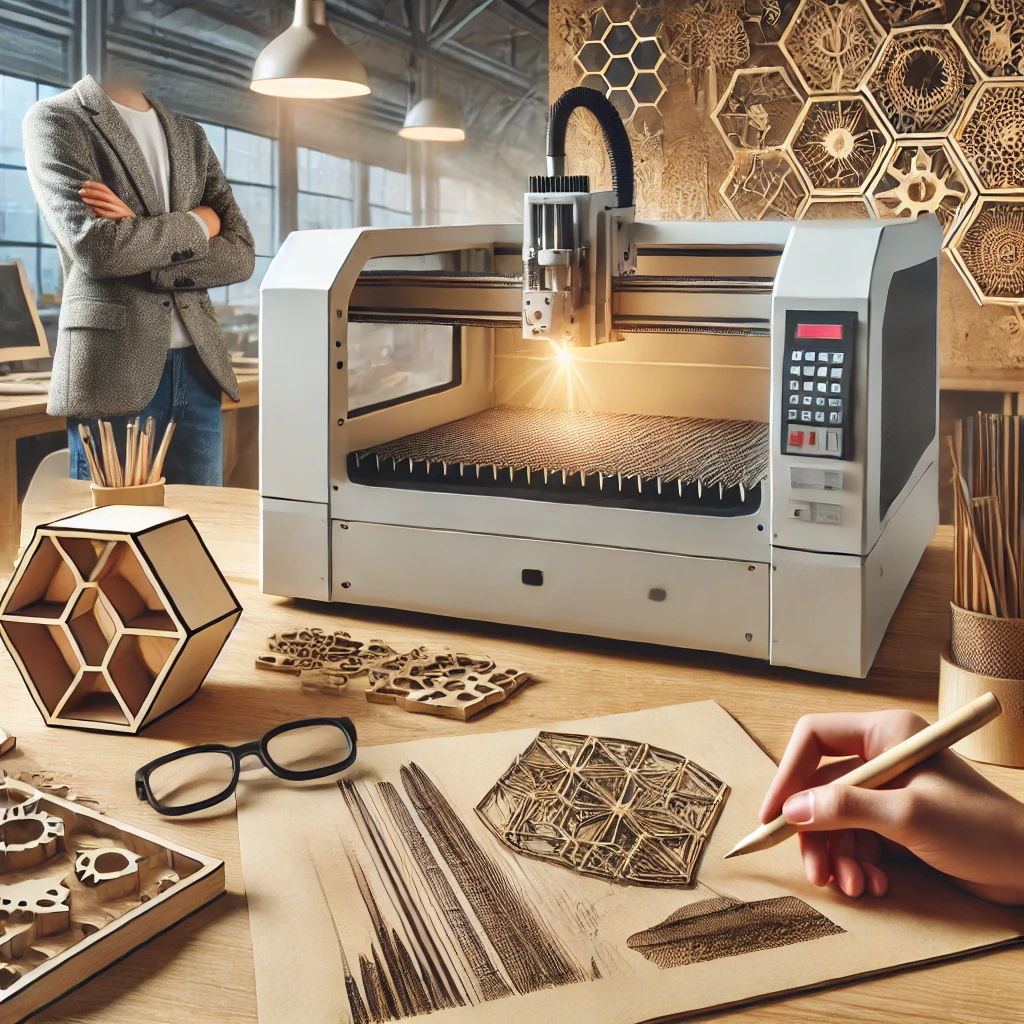Laser Cutting Machine Classification & Advantages

Laser cutting machines are versatile tools used in various industries for precise and efficient cutting of materials. They come in different types, each with its unique features and advantages. This comprehensive article provides an in-depth analysis of the classification of laser cutting machines and their respective features and advantages, helping readers understand the diverse options available in the market and choose the most suitable machine for their specific needs.

CO2 Laser Cutting Machines
CO2 laser cutting machines use a gas laser to cut materials such as wood, acrylic, plastic, and certain metals. They are versatile and suitable for cutting both thin and thick materials. CO2 lasers offer high precision and are cost-effective for a wide range of applications. Their advantages include:
Versatility: CO2 lasers can cut a variety of materials, making them suitable for diverse applications in industries such as signage, packaging, and woodworking.
Cost-effectiveness: CO2 lasers have lower operating costs compared to other types of lasers, making them an economical choice for small to medium-sized businesses.
Ease of maintenance: CO2 laser cutting machines are relatively easy to maintain, with fewer consumable parts and simpler maintenance procedures.
Fiber Laser Cutting Machines
Fiber laser cutting machines use fiber optic technology to generate a high-intensity laser beam for cutting metal materials such as steel, aluminum, brass, and copper. They are known for their high cutting speeds and precision. Fiber lasers offer several advantages, including:
High cutting speed: Fiber lasers can cut metal materials at significantly higher speeds compared to CO2 lasers, making them ideal for high-volume production.
Excellent precision: Fiber lasers produce narrow kerfs and smooth edges, resulting in high-precision cuts with minimal heat-affected zones.
Energy efficiency: Fiber lasers are more energy-efficient than CO2 lasers, reducing operating costs and environmental impact.
Nd:YAG Laser Cutting Machines
Nd:YAG (neodymium-doped yttrium aluminum garnet) laser cutting machines use solid-state laser technology to cut metal and non-metal materials. They are versatile and suitable for cutting a wide range of materials with high precision. Nd:YAG lasers offer the following advantages:
Versatility: Nd:YAG lasers can cut various materials, including metals, ceramics, and plastics, making them suitable for diverse applications in industries such as aerospace, automotive, and medical.
High beam quality: Nd:YAG lasers produce a high-quality laser beam with excellent focusability, enabling precise cutting of intricate shapes and fine details.
Long service life: Nd:YAG laser cutting machines have a longer service life compared to other types of lasers, resulting in lower maintenance costs and higher reliability.
Diode Laser Cutting Machines
Diode laser cutting machines use semiconductor diodes to generate laser beams for cutting thin materials such as plastics, fabrics, and thin metals. They are compact, energy-efficient, and suitable for low-power applications. Diode lasers offer several advantages, including:
Compact size: Diode laser cutting machines are compact and lightweight, making them ideal for small-scale production and mobile applications.
Energy efficiency: Diode lasers consume less energy compared to other types of lasers, resulting in lower operating costs and reduced environmental impact.
Low maintenance: Diode laser cutting machines have fewer moving parts and require minimal maintenance, resulting in lower maintenance costs and downtime.
Conclusion
Laser cutting machines come in various types, each with its unique features and advantages. CO2 lasers are versatile and cost-effective, making them suitable for a wide range of applications. Fiber lasers offer high cutting speeds and precision, making them ideal for metal cutting applications. Nd:YAG lasers are versatile and long-lasting, suitable for cutting various materials with high precision. Diode lasers are compact, energy-efficient, and low-maintenance, making them ideal for small-scale production and low-power applications. By understanding the classification of laser cutting machines and their respective features and advantages, users can make informed decisions and choose the most suitable machine for their specific needs.




